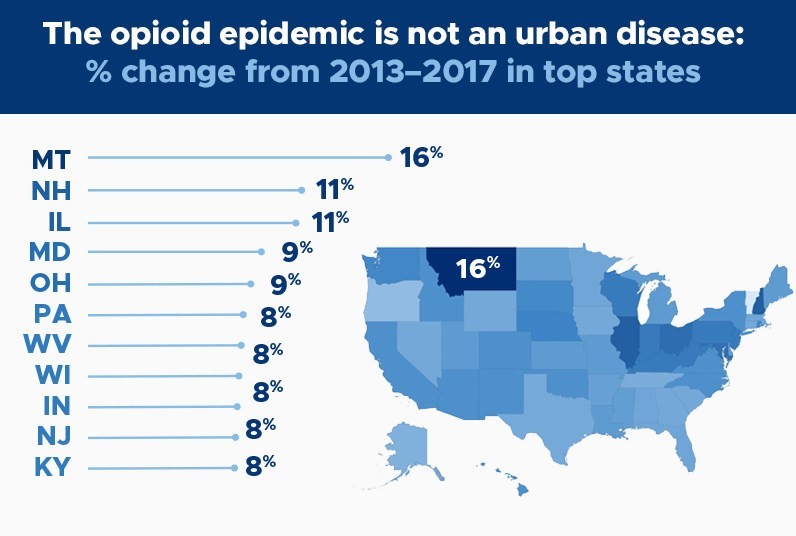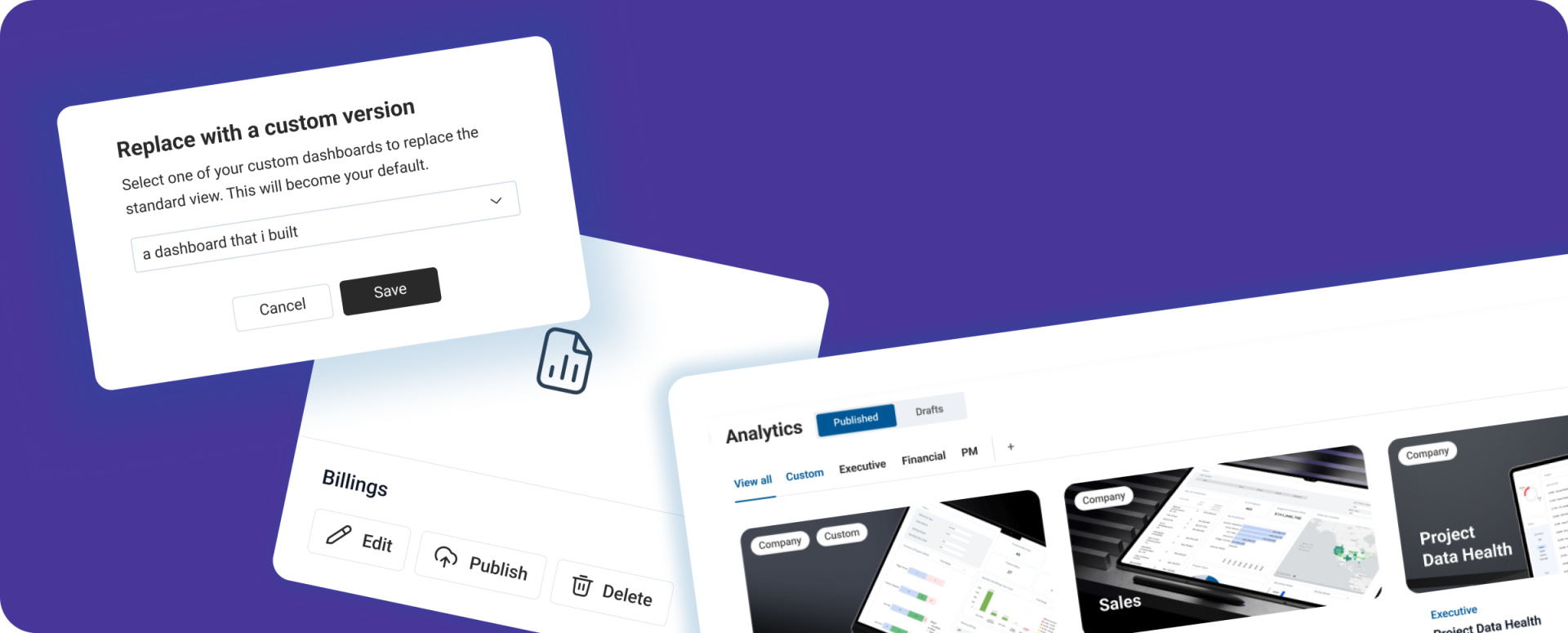As you probably know, this problem has been plaguing the United States for far too long. There’s no discrimination either. This isn’t a white problem, black problem, poor, rich or gender-related problem. This is something that shows up unannounced and destroys everything standing in its way.
Published March 19, 2018 . 0 min read
Construction Analytics and the Fight against Opioid Abuse
Media
News
CONSTRUCTION ANALYTICS AND THE FIGHT AGAINST OPIOID ABUSE

At ProNovos, we typically write about subjects like construction analytics and construction business intelligence. But in March 2018, we penned a column for Construction Business Owner about a topic that might seem unrelated: opioid abuse in the construction sector. As you probably know, this problem has been plaguing the United States for far too long. There’s no discrimination either. This isn’t a white problem, black problem, poor, rich or gender-related problem. This is something that shows up unannounced and destroys everything standing in its way. I have close family members struggling with opioid abuse, so the issue hits close to home for me. While I believe this epidemic has touched almost everyone in the United States, I’ve seen it drastically impact the construction industry.
For the past five years, I’ve been working with different contracting firms to implement construction analytics and construction business intelligence solutions. In the process, I’ve noticed a correlation between excessive overtime, safety incidents (which impact a contractor’s EMR) and productivity loss. When you’re able to make the connections, you will see that the data tells a compelling story. In my opinion, this is construction business intelligence at its finest. When I saw this correlation, I knew that we could help contractors use predictive constructions analytics to identify safety risks in advance. I’m very excited about what we’re doing at ProNovos. When you are able to see that you’re helping people work in a safer manner and possibly avoid being a statistic to opioid abuse, it makes for a great day! I invite you to read the column, below and at Construction Business Owner.

How You Can Fight Opioid Abuse in Construction: Why overwork could be contributing to the crisis
Empirical research is validating something that foremen have understood for years now—the opioid crisis is taking a serious toll on the construction industry.
A study released this past February shows the sorrowful effects of the crisis on construction workers in the Midwest. According to researchers with the Midwest Economic Policy Institute (MEPI), the opioid epidemic took the lives of nearly 1,000 construction workers in the region in 2015. They estimate that it also cost the region’s economy some $5 billion in mounting health care bills, lost productivity and missed family income.
As many foremen will tell you, a vicious cycle is at play here: Higher injury rates in construction can translate into more workers taking opioids to deal with their aches and pains. The resulting erosion of safety then raises the risk of more injuries and an ever-worsening problem.
The MEPI researchers offer suggestions for how construction companies can better cope with this trend. In addition to spelling out potential changes to health insurance plans and policies for workers, they recommend useful steps, such as the following:
- Encouraging physical therapy;
- Educating employees about the risks of opioid abuse;
- Helping employees who test positive for drug use, rather than immediately firing them;
- Putting workers into low-risk positions until they are off opioids.
The to-do list is a good start toward a compassionate approach to this problem. However, additional considerations—in particular, the labor shortage and its effects on the workplace—are relevant as well. When you dive into the labor reporting data at a typical construction company these days, what often emerges is a clear trend toward employee overwork.
Financially, of course, all of that overtime and double time is a serious concern, but overwork is problematic in other ways as well. When projects are behind schedule and over budget, with crews working to near exhaustion, you can actually feel the tension in the air. That kind of environment is conducive to substance abuse.
To improve the jobsite climate, companies could consider taking a step back and estimating jobs a bit differently. The goal should be to meet deadlines that, while still satisfactory for customers, are more manageable for crews. By being more sensitive to the human costs of excessive stress, companies can avoid putting too much strain on their most important resource—their people. More precise planning and manpower distribution can help contractors create safer, more relaxed work environments. That can play a significant role in decreasing substance abuse in construction.
Beyond the numbers game, revisiting the company culture can also help. Operating in “beast mode” is a fact of life in productivity-driven sectors like construction or tech. However, when workers feel respected—when they know they are valued members of a competent and positive team—it is possible to turn the stress of a tough project into “eustress,” the satisfying sense of going above and beyond to get the job done.
By tackling this problem on multiple fronts—including the work environment—we stand a good chance of making progress that will preserve families and save lives.
AUTHOR:
ADDITIONAL RESOURCES:
BRUCE ORR
Bruce Orr is the Chief Data Scientist at ProNovos Construction Analytics. ProNovos provides affordable analytical solutions for contracting firms that utilize ERP software from Sage, Viewpoint, Procore, Foundation, SAP, Jonas, Accubuild and many others.
Construction resource management capabilities of ProNovos’ Operations Manager construction software
Case study of McClone Construction Co.’s use of Operations Manager for construction resource management
Press release on the launch of Operations Manager–a good primer on the benefits of construction resource management and construction software platforms




